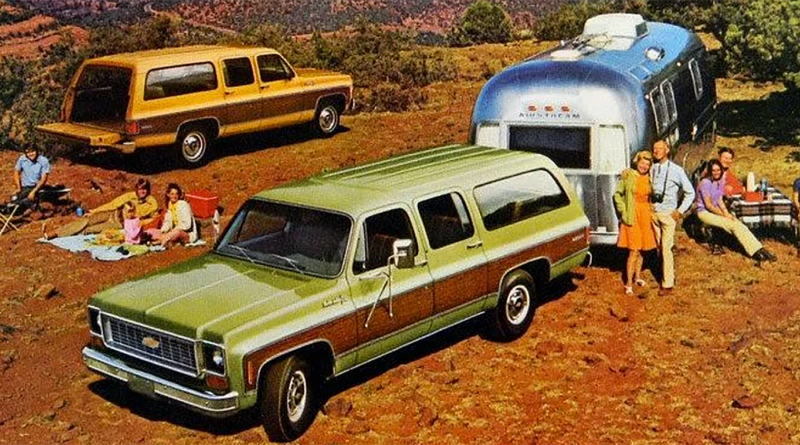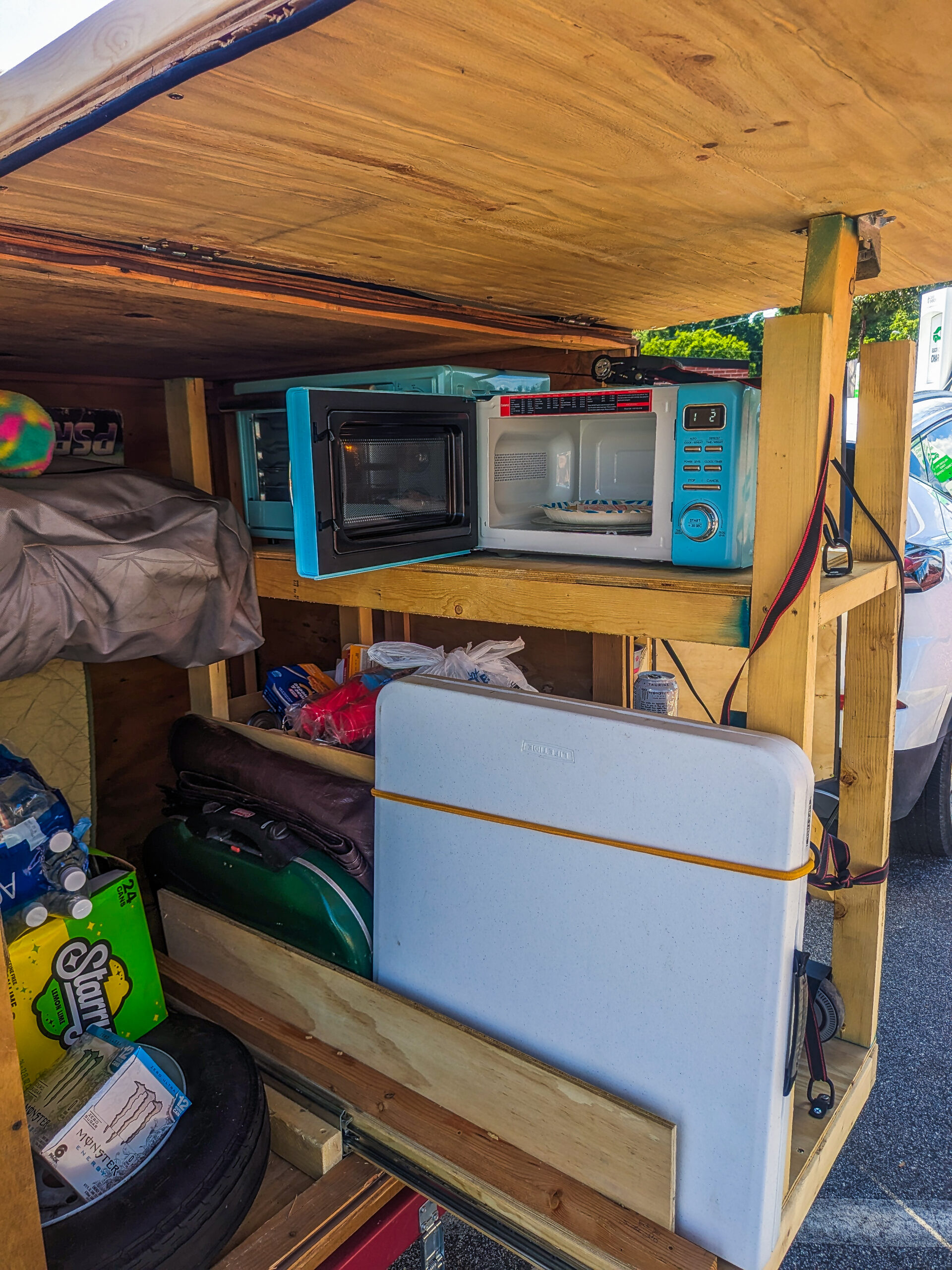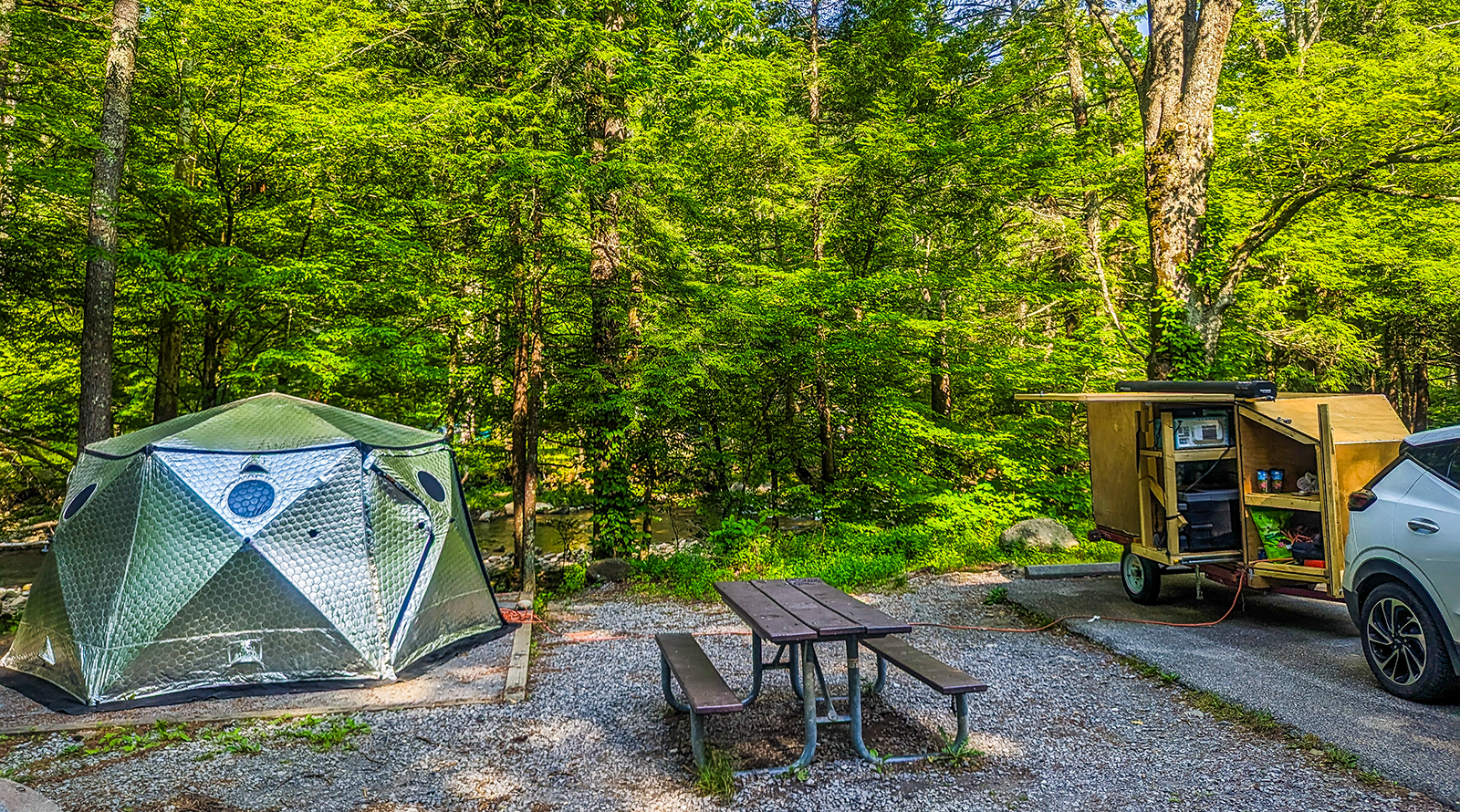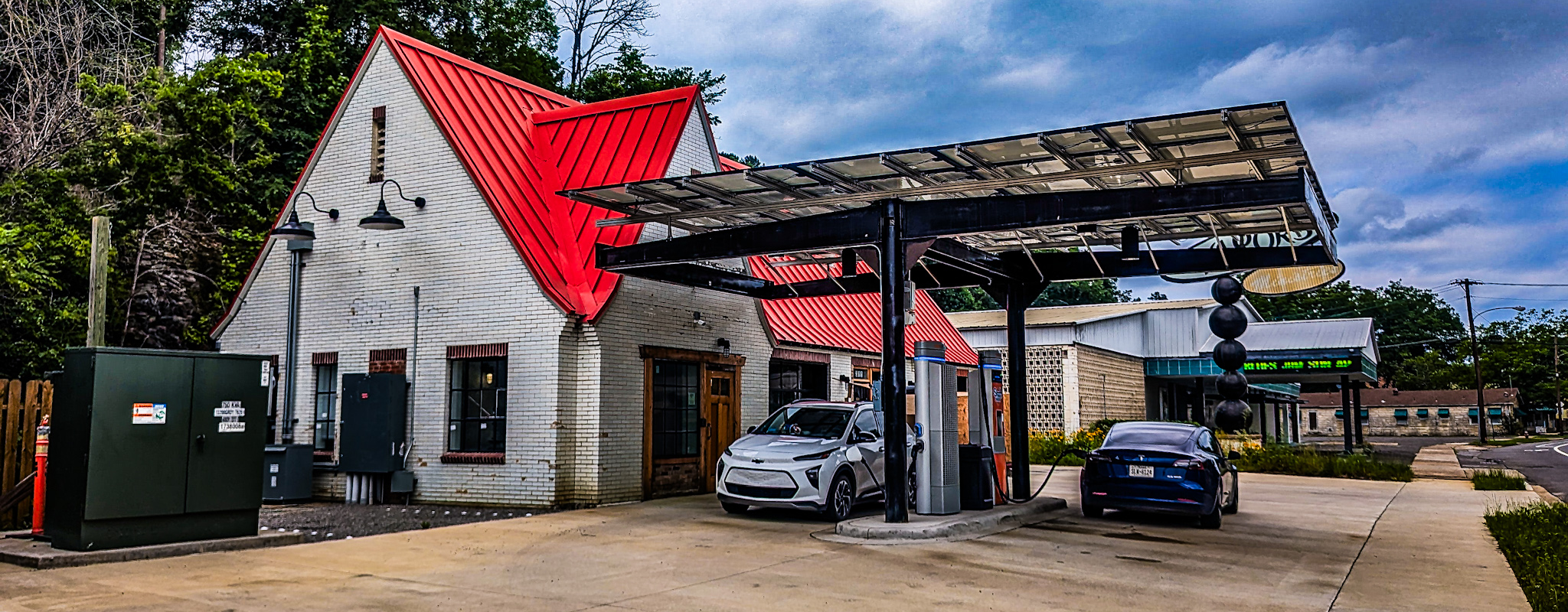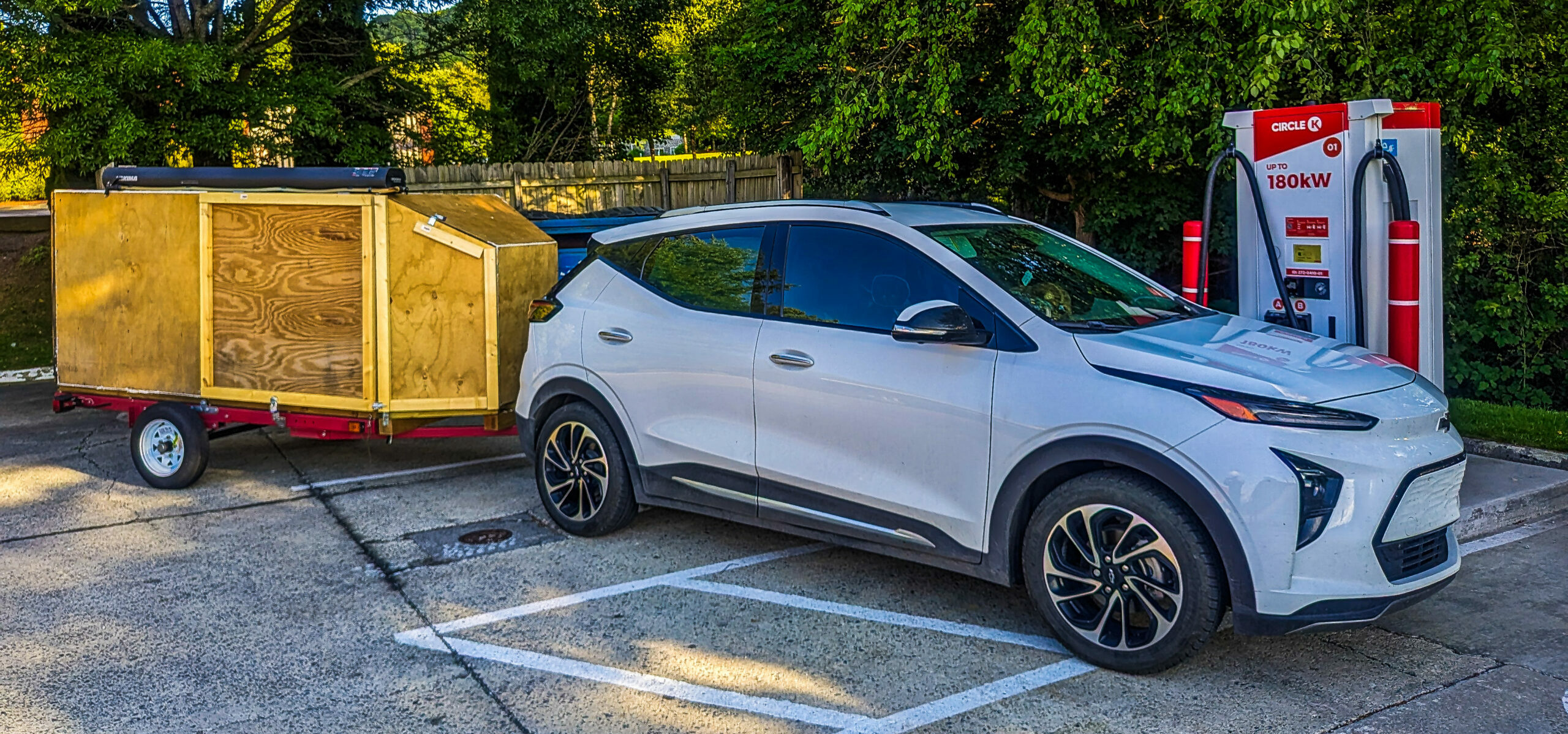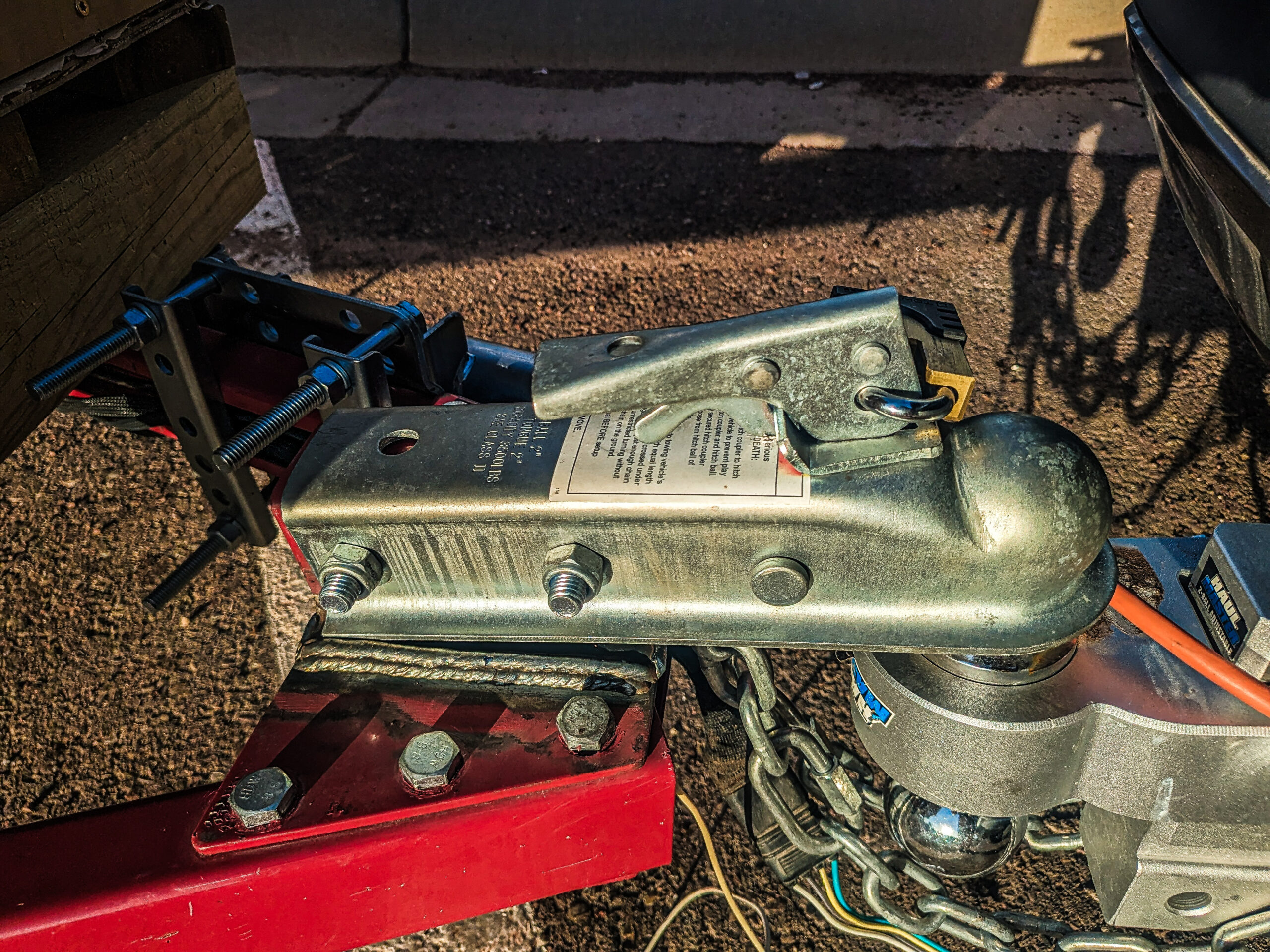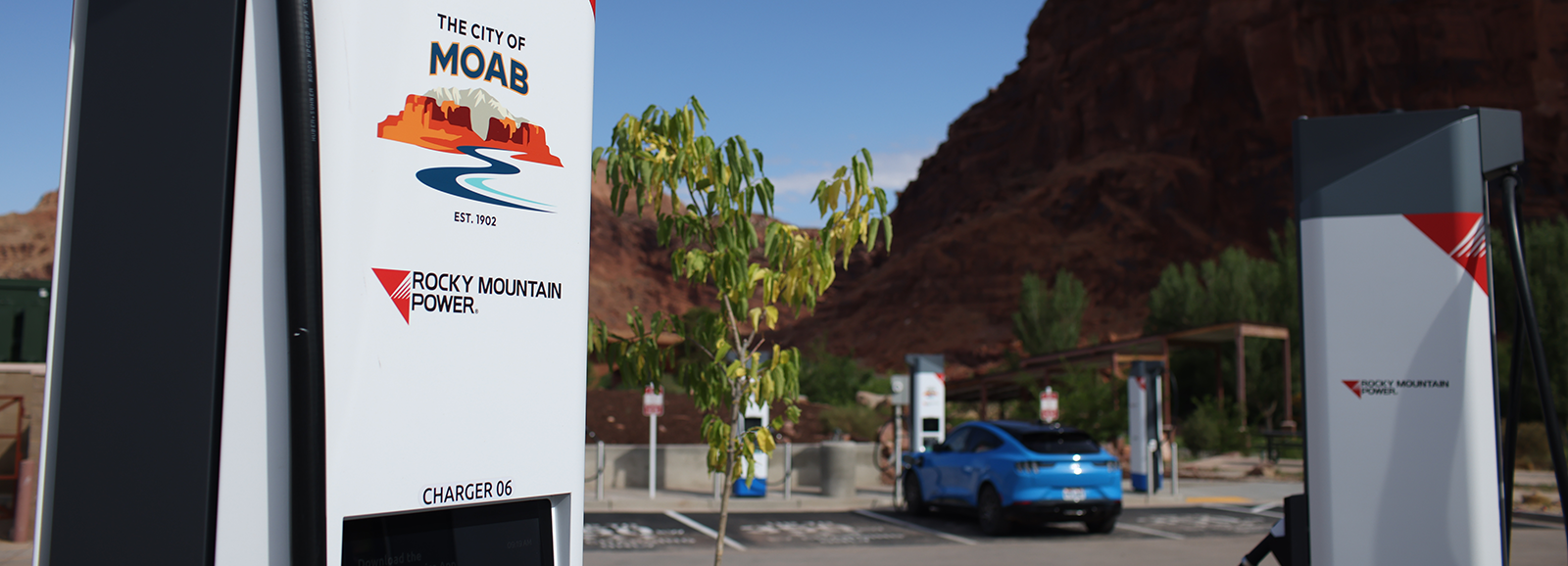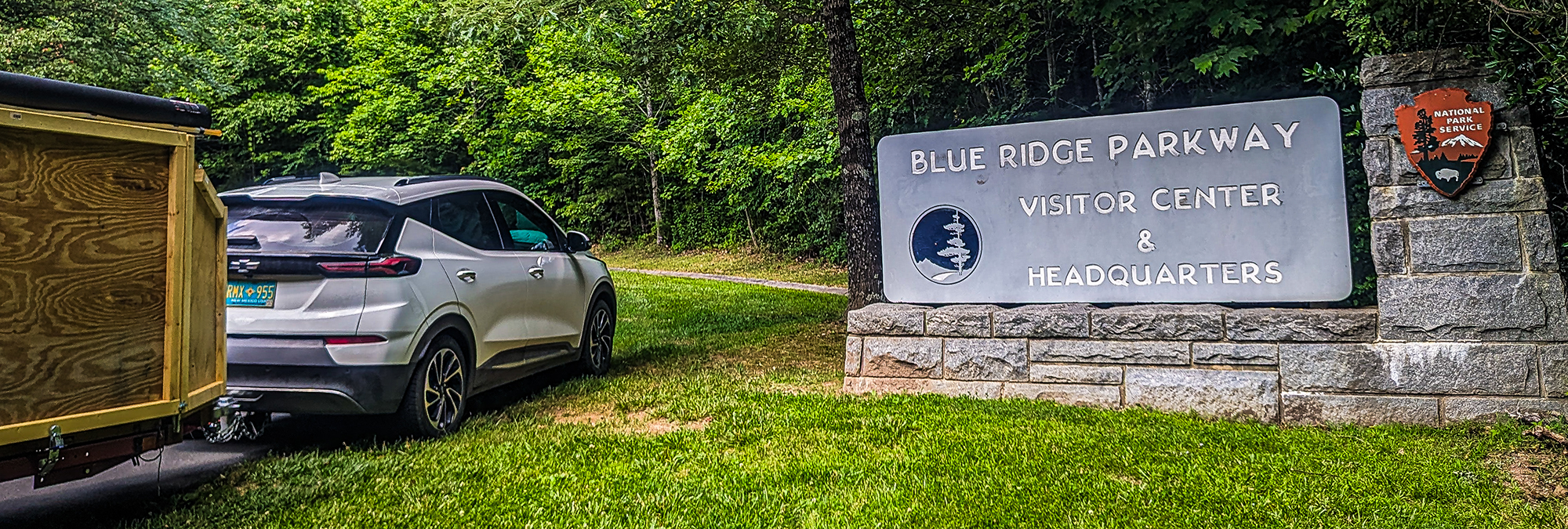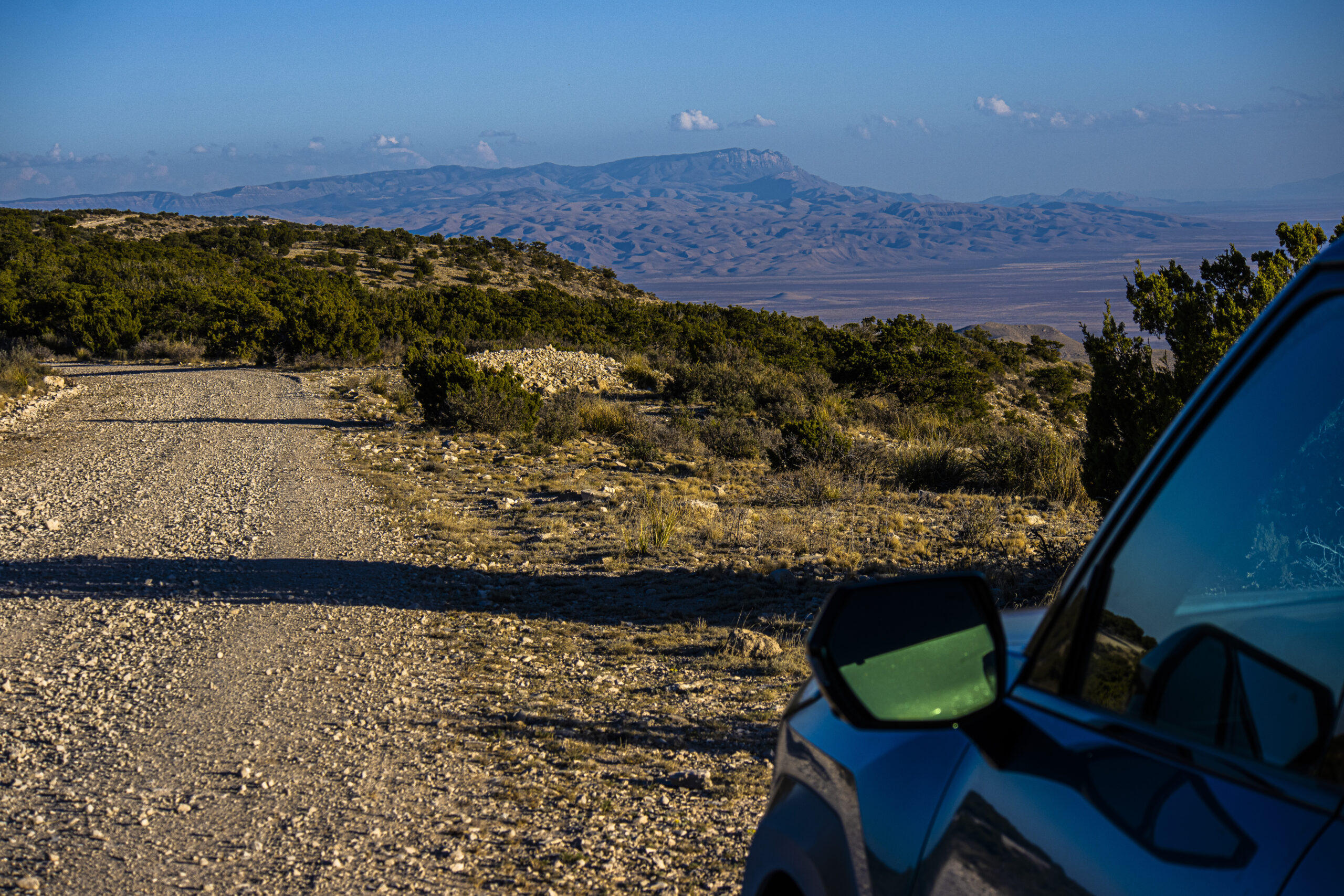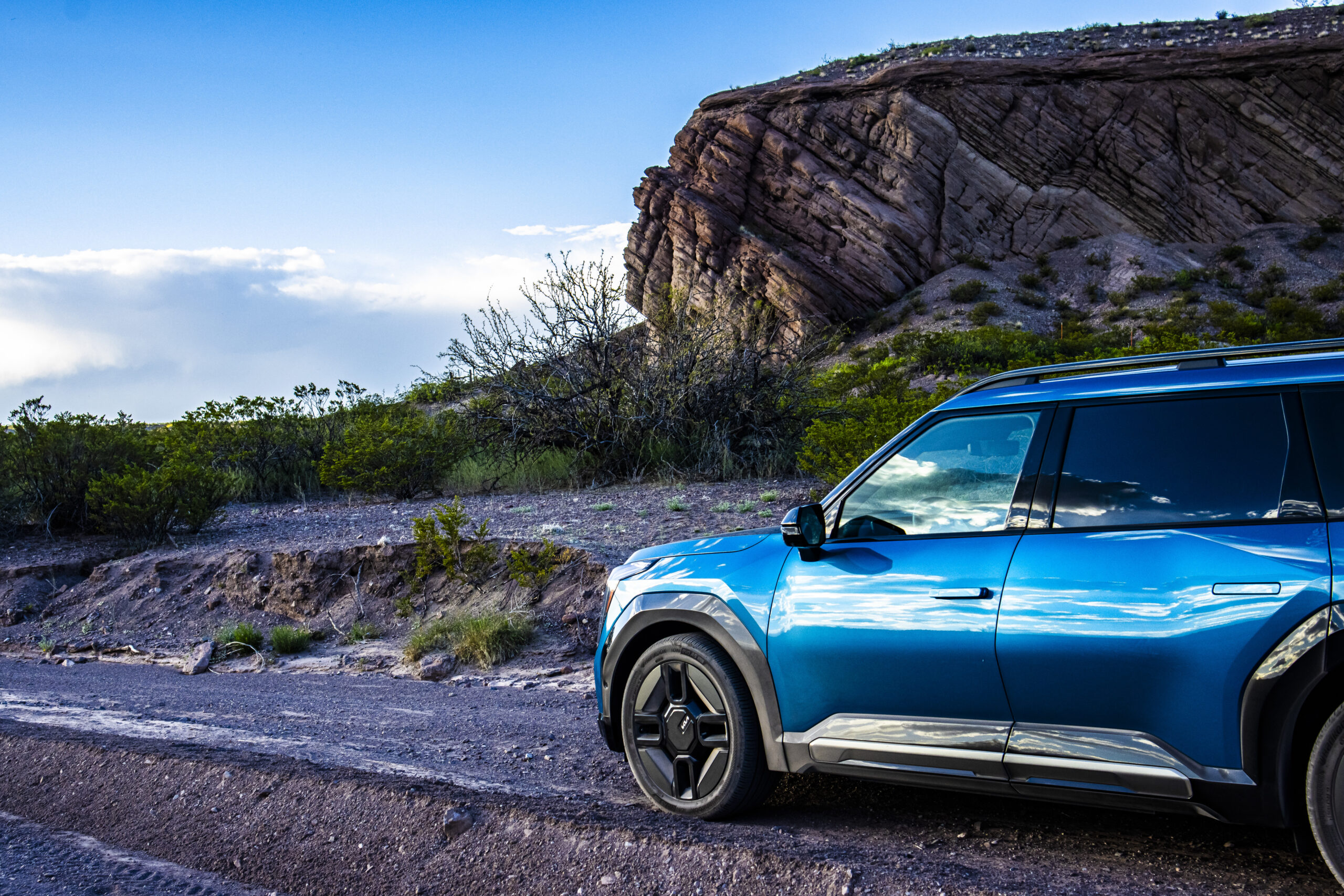On our last long trip, we went over 4200 miles. Along the way, we visited two national parks (Hot Springs and Great Smoky Mountains), traveled along about half of the Blue Ridge Parkway, and attended an important EV event in North Carolina. It was a great trip, and something I’d do again given the time and the chance.
But, we played in hard mode on that trip. Most people wouldn’t consider an EV at all for towing because even the best electric tow vehicles still have to spend a lot more time charging while getting half of the EPA range or less. Of those who would consider an EV, most want something with a big battery and great charging speeds, like a Cybertruck, Rivian, or Silverado EV. We took our trip in a Bolt EUV and pulled a small trailer to carry glamping supplies.
This was especially painful because the Bolt EUV would only get around 120 miles of range when towing a 1700-pound trailer (loaded), When we did hit a fast charger, we’d only get 55 kilowatts. This made for long, long days trying to make any kind of time crossing the continent. As you can probably imagine, we were thoroughly sick of traveling this way after 4200 miles.
Since then, we’ve been working on improving our setup, which is something that requires a lot more money than we felt right about asking readers to donate. So, we had to round up the money ourselves, which took months. But, instead of signing up for a bigger car payment and going into RV debt up to our eyeballs, we’re instead going to do something even cooler.
Step 1: Take Our New (To Us) Travel Trailer All-Electric
Instead of trying to keep tent glamping, we decided to go with a travel trailer we could sleep inside of. So, we bought a used 24-foot travel trailer. It’s not the most luxurious of campers, and it needs some work. It was also designed in a time when RV manufacturers assumed that everyone would use propane for almost everything (something we aren’t going to do).
So far, we’ve picked up a far more efficient compressor fridge, some small space heaters, a power station with 8 kWh of storage that we can upgrade to 12 kWh later, and a composting toilet to eliminate the need for dumping a black tank or relying on sewer systems that harm both the environment and human health. Once we have all of this put in, we’ll need to upgrade to a heat pump, get an electric water heater, and put in an electric stove to eliminate propane from the rig entirely. We may ask fans and followers to help with these last few things in a few weeks.
We also got 1200 watts of folding solar panels we can set up during longer camping stops, and we’re setting the power station up to charge from the tow vehicle as needed.
Step 2: Build An Electric Chevy Suburban
As you can probably guess, the Bolt EUV is not going to be able to tow a 24-foot trailer loaded with batteries and solar. Fully loaded with water and supplies, it’s going to be about 3500 pounds too heavy. Even if we somehow solved that issue, the Bolt’s battery pack would probably provide 50 miles of range towing such a big load on level ground.
It’s not within our budget to go out and buy a Silverado EV, F-150 Lightning with large pack, or a large pack Rivian R1S. Plus, we’re not the biggest fans of most new EVs. Call us old fogeys if you must, but we really like trucks and SUVs from 20+ years ago a lot more. But, they didn’t make EV trucks in those days.
To get exactly what we want, we’re about to start converting an early 2000s Chevy Suburban to electric power. This may sound expensive and like it would provide a bad EV experience, but we are already part of a family EV conversion business. This will allow us to build our tow vehicle without breaking the bank, even if it’s going to take a while to accomplish.
When we’re all done, the Suburban will have:
- 150+ kWh of batteries from wrecked Teslas
- One or two Tesla drive units (we haven’t decided whether to power the front wheels yet)
- An android head unit that can control most EV functions, provide backup cameras, etc
- An otherwise stock interior and exterior that doesn’t stand out much
While We Build The Truck
Getting our Suburban built will take around a year, and we don’t want to stop all camping and traveling during that time. It would drive us crazy, and we think it’s still important to show the advantages of an all-electric camper, even if we aren’t towing it with an EV yet. So, we’re going to temporarily pull it around with an ICE 2001 Suburban we recently picked up.
During this time, posts at this website will focus on both building the Electroburban and taking the all-electric camping trailer on trips in the Southwest. When we camp, we’ll explore how well our mostly solar-powered setup works, come up with ideas to improve it, and hopefully help other people do similar in the future.
We’ll also be telling other people’s EV travel stories during this time. The goal will be to fill up our map with links to social media posts describing trips to national and state parks, and when there’s a cool story, share a post here. As I said before, we want this to be a community effort and not just us telling our travel stories. It makes sense to minimize our impacts to nature when we’re out enjoying it!
If you’re interested in following this story over the next year, be sure to follow us on social media or subscribe to e-mail updates. Links to X/Twitter, Bluesky, Facebook, Threads, and Instagram are all at the top of the page. You can also follow us on Mastodon and the Fediverse (jennifer@chargetotheparks.com), and provide your e-mail address when prompted by popups.
Featured image: a picture from an old Chevrolet Suburban advertisement (fair use).

